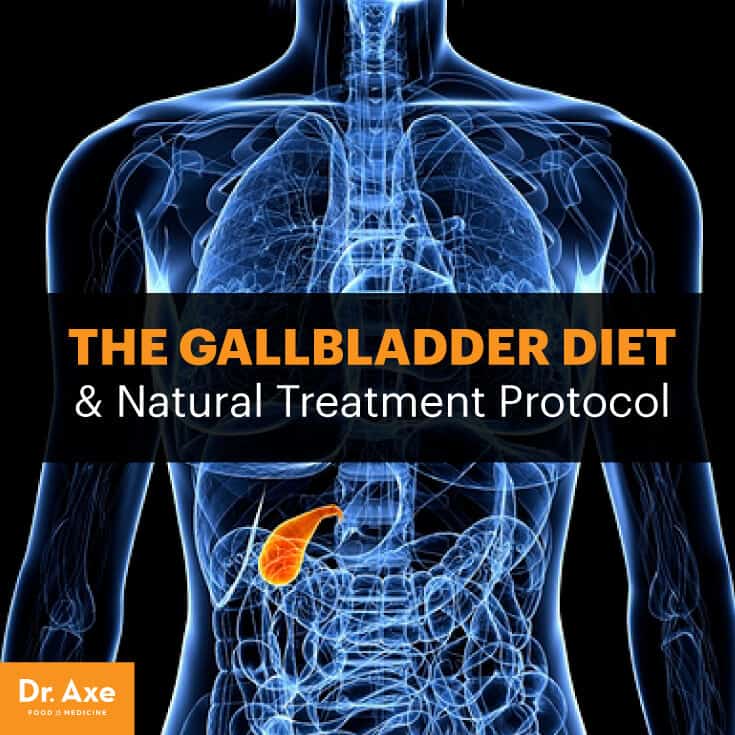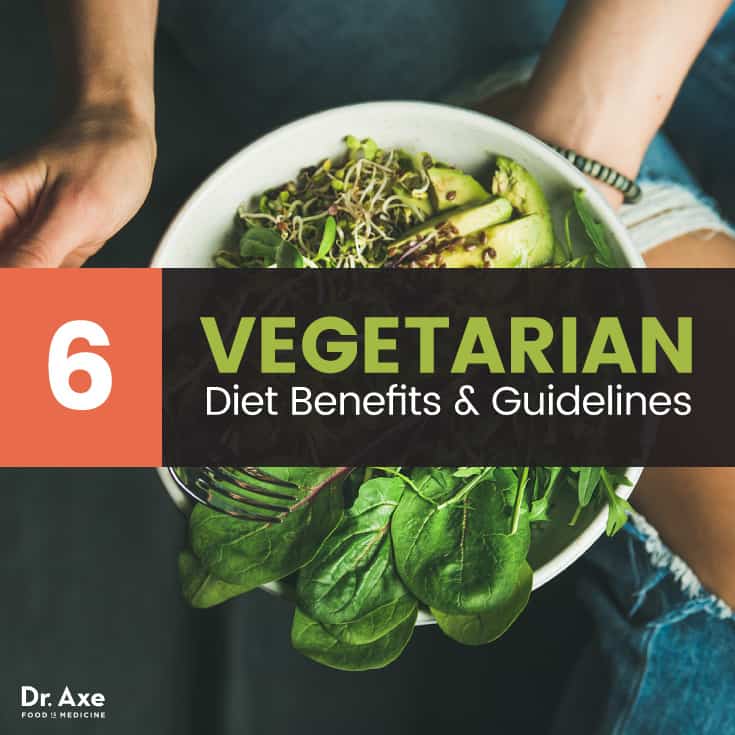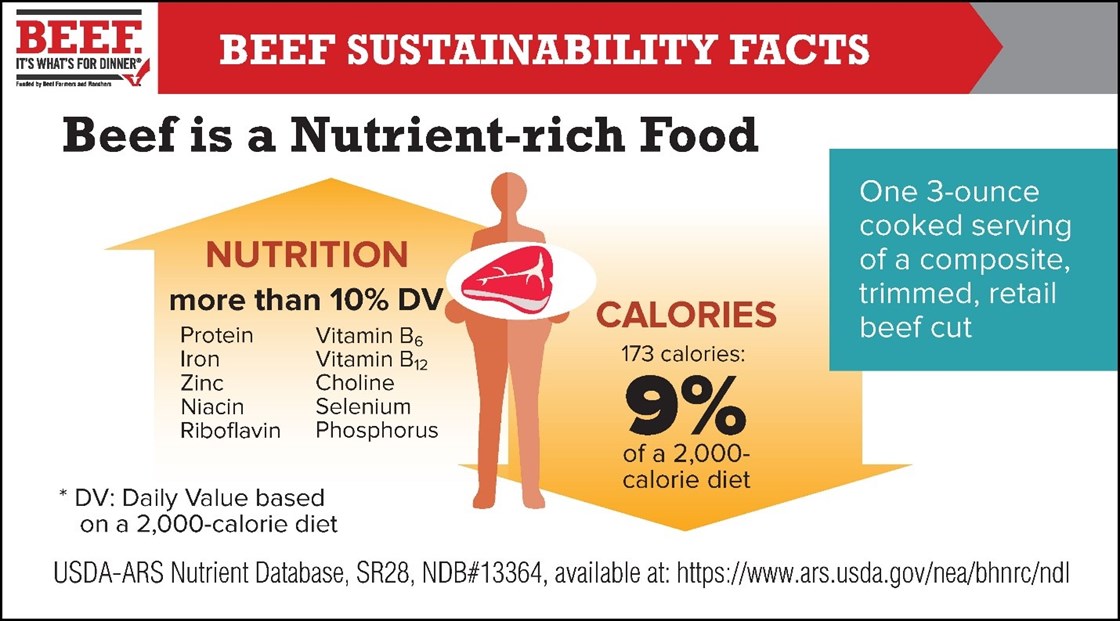
Latin America's women are one of the main influences on food choice. The programming of chronic disease in children may be affected by the diets of pregnant mothers. The Mediterranean diet can have an impact on fetal development as well as the health of offspring. Higher adherence to the Mediterranean diet was associated with lower BMI z-score trajectories. It is important for pregnant mothers to be encouraged to choose healthy diets.
Chickpeas
Chickpeas can be a great source for plant-based protein and fiber as well as vitamins. You can find them in specialty markets, and you can buy them fresh or dried. They are a staple food in Mediterranean cuisine because of their versatility and affordability.
Quinoa
Quinoa is a wonderful way to add variety and color to your salad. Quinoa also contains no soy, eggs, or gluten. It is also free from refined sugar and nuts. It can be served cold or hot.
Quinoa grain bowl
Consider adding quinoa if you want to eat a plant based diet. This nutritious grain will provide you with a lot protein. It's also rich in fiber and delicious Mediterranean flavors. Plus, it's also very budget-friendly.

Multi-grain wraps
These wraps are a great way to incorporate a plant-based Mediterranean diet into your daily meals. They are great for lunch or dinner and offer many health benefits. The Mediterranean diet aims to provide a wide variety of nutritious foods that are rich in fiber and protein. Lentils and chickpeas are great ways to increase your intake.
Mixed greens
Greens are a great way to eat healthily. These colorful vegetables provide important antioxidants and phytonutrients and can help you feel full and energized. The Mediterranean diet guide can help you figure out how to include these foods in your daily meal plan.
Tomatoes
Healthy plant-based diets are the focus of the Mediterranean diet. There is less meat and dairy. This diet is rich in fish, which offers many health benefits.
Red wine
Many people link a Mediterranean diet with a lower risk of heart disease. There isn't much evidence to support these claims. A Mediterranean diet has been shown to reduce the risk of heart disease and strokes. It also includes moderate amounts of red wine, up to 5 ounces per day for women, and 10 ounces each for younger men. Excessive alcohol consumption has been linked to health risks including increased risk of developing cancer.
Beans
Beans are an essential part of a Mediterranean plant-based diet. They're filling, easy to prepare, and highly nutritious. These can be added to soups and salads as well as pasta. You can also make your own hummus by mixing chickpeas in tahini.

Lentils
Lentils may be the best way to get your vegetables in a Plant-Based Mediterranean diet. Lentils are high-fiber and high in protein and will keep you full for a while. Lentils are a great choice for any meal, whether you're looking for a side dish or complete meal.
Nuts
A key component of a Mediterranean diet that is plant-based, nuts offer many health benefits. They have been shown to reduce risk of cardiovascular disease and other conditions, including metabolic syndrome. Research also suggests that nuts can prevent weight gain.
FAQ
What should I eat?
Eat lots of fruits and vegetables. They provide vitamins and minerals to keep your immune systems strong. Fruits and veggies are also high in fiber, which makes them filling and helps with digestion. At least five servings of fruits and vegetables should be consumed each day.
You should also drink lots of water. Water flushes toxins from the body and gives you a full feeling between meals. Drink about eight glasses each day.
Choose whole grains over refined ones. Whole grains have all their nutrients intact, including B vitamins, iron, zinc, magnesium, calcium, and protein. Some nutrients have been removed from refined grains.
Avoid sugary beverages. Sugary drinks are high in empty calories and can lead to obesity. Instead, drink water, milk, or unsweetened Tea.
Avoid fast food. Fast food is low in nutritional value. While it might taste good, it won't give your body the energy it needs to function properly. Choose healthier options like salads, soups and sandwiches as well as pasta dishes.
Reduce your alcohol intake. Alcohol contains empty calories and contributes to poor nutrition. Limit yourself to no more than two alcoholic beverages a week.
Try to cut down on red meat. Red meats have high levels of cholesterol and saturated fat. Lean cuts of beef or pork, lamb and chicken, as well as fish and turkey, are better choices.
Does being cold give you a weak immune system?
Cold causes a decrease in immune system strength. This is because white blood cells are less effective at fighting infection. Cold can also make you feel better as your brain releases endorphins, which reduce pain.
What are the 7 best tips for a healthy and happy life?
-
Be healthy
-
Exercise regularly
-
Sleep well
-
Make sure to drink plenty of water.
-
Get enough rest
-
Be happy
-
Smile often
What are 5 ways to live a healthy lifestyle?
Are there 5 ways to have a healthy lifestyle?
A healthy lifestyle means eating right, being active, getting enough sleep, managing your stress levels, and having fun. Healthy eating means avoiding sugary and processed foods. Exercise can help you burn calories and strengthen your muscles. Sleeping well improves concentration and memory. Management of stress can help reduce anxiety levels and depression. And finally, having fun keeps us young and vibrant.
What's the difference between a virus & a bacterium?
A virus is an organism microscopic that can't reproduce outside its host cells. A bacterium is a single-celled organism that reproduces by splitting itself in two. Viruses have a very small size (approximately 20 nanometers), while bacteria can grow to a maximum of 1 micron.
Viruses spread easily through contact with bodily fluids infected, including saliva and urine, semen, vaginal secretions or pus. Bacteria is usually spread directly from surfaces or objects contaminated with bacteria.
Viral infections can also be introduced to our bodies by a variety of cuts, scrapes or bites. They can also be transmitted through the eyes, nose, mouth, ears, vaginal, rectum, and anus.
Bacteria can enter our bodies through wounds, cuts, scrapes, burns, insect stings, or other breaks in our skin. They can also be introduced to our bodies by food, water and soil.
Both bacteria as well as viruses can cause illness. Viruses can not multiply in the host. So they only cause illnesses when they infect living cells.
Bacteria can cause illness by multiplying in the body. They can infiltrate other parts of the body. We need antibiotics to get rid of them.
What is the difference between sugar and fat?
Fat is an important energy source, which comes from food. Sugar is naturally found in fruits and veggies. Both fats as well as sugars contain the same amount of calories. However, fats provide more calories than sugars.
The body stores fats and they can lead to obesity. They can cause cholesterol buildup which can lead to strokes and heart attacks.
Sugars can be quickly absorbed by your body and give you instant energy. This causes blood glucose levels rise. High blood sugar levels can cause type II diabetes.
How can my blood pressure be controlled?
It is important to first understand what high blood pressure is. Next, take steps that will reduce the risk. These could include eating less salt and losing weight if needed, as well as taking medication if necessary.
Make sure you're getting enough exercise. If you don’t have enough time to exercise regularly, consider walking more often.
If you're not happy with how much exercise you're doing, then you should consider joining a gym. You'll probably want to join a gym where there are other people who share your goals. It is much easier to stick with a exercise program if there are others who will be watching you at the club.
Statistics
- WHO recommends consuming less than 5% of total energy intake for additional health benefits. (who.int)
- According to the Physical Activity Guidelines for Americans, we should strive for at least 150 minutes of moderate intensity activity each week (54Trusted Source Smoking, harmful use of drugs, and alcohol abuse can all seriously negatively affect your health. (healthline.com)
- In both adults and children, the intake of free sugars should be reduced to less than 10% of total energy intake. (who.int)
- According to the 2020 Dietary Guidelines for Americans, a balanced diet high in fruits and vegetables, lean protein, low-fat dairy and whole grains is needed for optimal energy. (mayoclinichealthsystem.org)
External Links
How To
What does "vitamin" actually mean?
Vitamins are organic compounds found naturally in food. Vitamins help us absorb nutrients in the foods we consume. Vitamins are not made by the body, so they must be obtained through food.
There are two types: water-soluble and fat-soluble vitamins. Water-soluble vitamins dissolve readily in water. These include vitamin C (thiamine), Vitamin B1 (riboflavin), Vitamin B2 (riboflavin), Vitamin B3 (niacin), Vitamin B6 (pyridoxine), Vitamin C, B1 (thiamine), Vitamin B2 (riboflavin), Vitamin B3 (niacin), and Vitamin B6 (pyridoxine). The liver and fatty tissue are the main storage places for fat-soluble vitamins. These include vitamin D, E and K, as well as beta carotene.
Vitamins can be classified according to biological activity. There are eight major groups of vitamins:
-
A - Vital for healthy growth.
-
C - vital for nerve function and energy generation
-
D - necessary for healthy bones and teeth.
-
E is needed for good reproduction and vision.
-
K - Required for healthy nerves and muscles.
-
P – Vital for building strong bones.
-
Q – aids digestion and absorption.
-
R - Red blood cells are made from red blood cells.
The recommended daily allowance (RDA), for vitamins, varies based on gender, age, and physical condition. The U.S. Food and Drug Administration (FDA) sets the RDA values.
For adults aged 19 or older, the RDA of vitamin A is 400mg per day. Because it is essential for the development of the fetus, pregnant women should consume 600 micrograms per days. Children ages 1-8 require 900 micrograms per day. Babies under one-year old need 700 micrograms per daily. Between 9 and 12 month, however, this drops to 500 mg per day.
Children aged between 1-18 years old who are obese require 800 micrograms per Day, while overweight children need 1000 micrograms every day. Children underweight or obese will require 1200 micrograms a day to meet their nutritional requirements.
Children aged 4-8 years old who have been diagnosed as having anemia require 2200 micrograms of vitamin C per day.
2000 micrograms are required daily for good health in adults over 50. Breastfeeding or pregnant women require 3000 micrograms per daily due to higher nutrient demands.
Adults over 70 years of age need 1500 micrograms per day since they lose about 10% of their muscle mass each decade.
Women who have been pregnant or are lactating require more than the RDA. Pregnant woman need 4000 micrograms daily in pregnancy and 2500 per day after childbirth. Breastfeeding mothers need to consume 5000 micrograms each day when breastmilk has been produced.